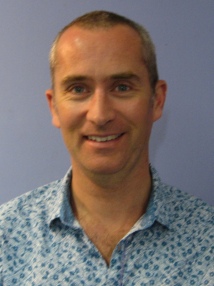
Dr Daniel Mortlock
Quasars – really the thermal glow from ultra-hot gas falling into a super-massive black hole at the centres of an otherwise ordinary galaxy – are amongst the brightest astronomical objects known, and so can be seen to great distances of billions of light years. The finite speed of light means that the most distant currently known quasars are also seen as they were when the Universe was about 5% of its current age (i.e., less than a billion years after the Big Bang). We can hence use the most distant quasars to understand conditions in the early Universe and also to understand the early formation of super-massive black holes, with a billion times the Sun’s mass. But such objects are very rare and extremely difficult to find. In this talk Daniel will give a history of this research program, including some exciting new discoveries made this year (if they are published in time for the talk!), as well interweaving my more personal experiences of the ups and downs of doing this sort of research.
Dr Daniel Mortlock is a lecturer in astro-statistics in the Astrophysics Group in the Department of Physics and the Statistics Section of the Department of Mathematics at Imperial College, London and a guest professor at Stockholm University. His research interests are based around problems of inference, in which (probabilistic) conclusions about the real world are made from incomplete or imperfect data, and particularly their application to astrophysics.




You must be logged in to post a comment.